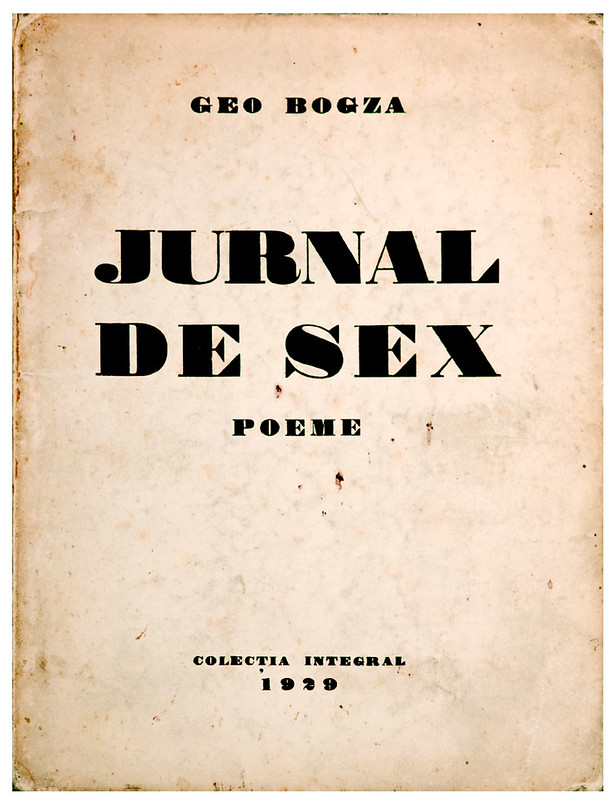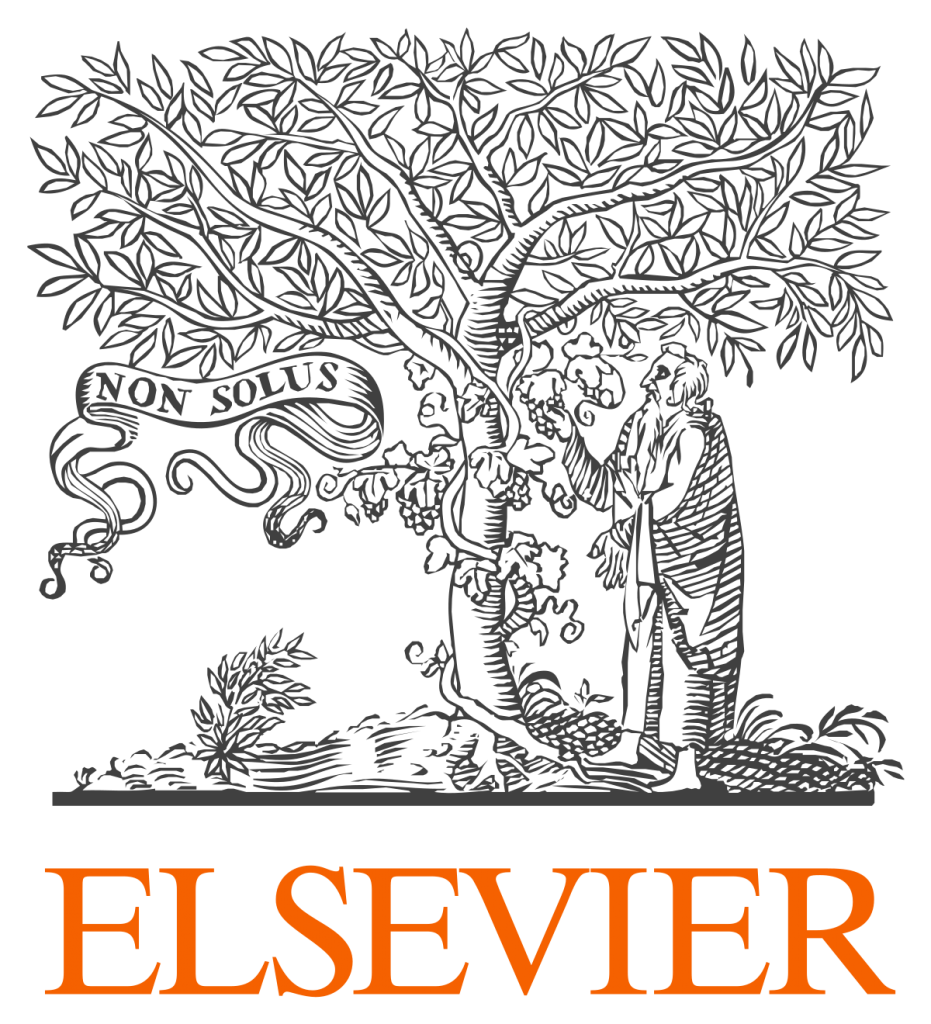
An Elsevier journal is wearing an omelet on its face after accepting a paper by a group of authors who have completely disavowed the work.
Oh, and no one seems to know who one of the authors is, which makes the second time inside of a month that we’ve reported on a case like this.
The article’s title also misspelled “neuroprogenitor.” But we digress.
Continue reading Meet Bo Liu, international man or woman of scientific mystery







